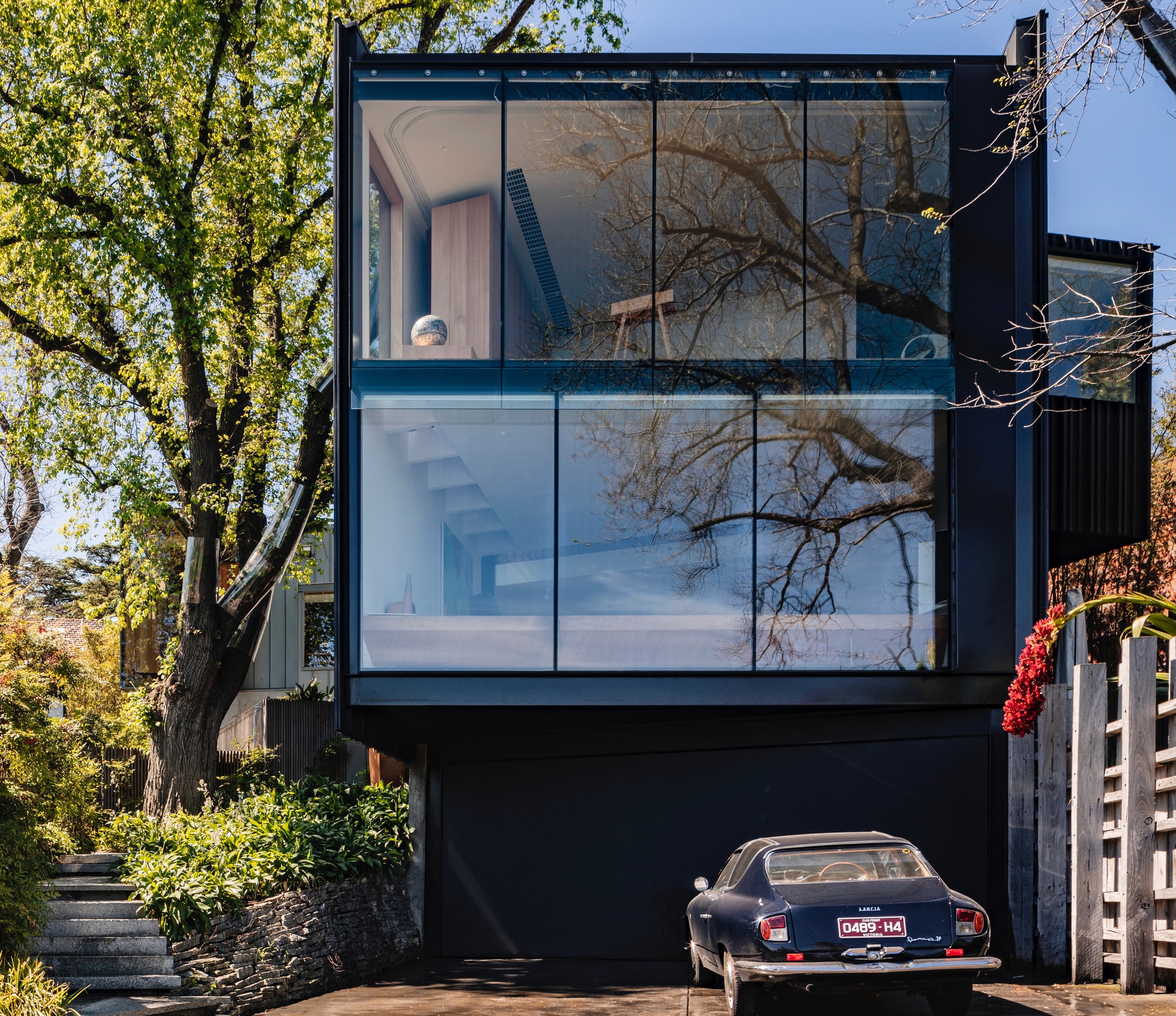Kew Home / John Wardle Architects
Kew House / John Wardle Architects


Text description provided by the architects. This refurbishment of an architect’s own home completely remodels the spaces allowing for the way the clients live now and will live into the future. The opportunity was to design spaces for socialising and for retreat; to tailor spaces for specific objects of importance, beauty and meaning. The refurbishment highlights unique moments of finely designed and crafted joinery and furniture and celebrates the value of the hand made. Using timber as the primary material and neutral tones throughout allows the client’s extensive art collection to add colour, pattern and texture at various locations to reflect individuality and surprise.

A generous study lined in Victorian Ash, overlooks the leafy garden. A collection of ceramics on one side of the room is in conversation with the vast built-in bookshelves opposite. The timber seamlessly moves from wall to floor to joinery uniting space in a cocoon of material delight. In tribute to Louis Kahn’s Fisher House window seat, a favourite of John’s since student days, he has abstracted it in this space in admiration for the work.



Joinery throughout is designed by John and has been built to precision by a team of builder-craftspeople in a unique association. The joinery is not only rational but endeavours to be highly distinctive with concealed, sliding panels and incised door pulls, hidden cupboards, built in shelving.

In contrast to the extensively used Victoria Ash timber throughout the house, the open plan kitchen has dark concave Japanese tiles covering the walls and Quartzite benchtops. The folded steel shelves are partially obscured by sliding smoked glass doors. Built-in cabinetry in dark grey tones completes the space. The newly added powder room on the ground level features an exceptional tile that has been resurrected from a rare sample found in a factory in Taijimi, Japan. The glazed, handmade tile were made specially for this home display irregularities and unique qualities and are a highlight of the refurbishment.


Key to the refurbishment was the desire to display collections to their best possible effect – a custom fabricated plinth for a sculpture, the ingenious art hanging system is a simple dowel affair recessed vertically down timber panels running the length of a of corridor – allowing for easy rearrangement of art works. The three ancient Scottish Elm Trees provided a degree of difficulty in the planning of the house and in their preservation. They provide an enduring and verdant outlook from many of the vantage points from within the house.

This refurbishment is the third iteration over thirty years of ownership. This time the structure was bought back to bare stud to allow thermal efficiency upgrades to all walls, floors and ceilings. Windows were all re-glazed to insulated double glazed units and included new seals to all doors and panels. A new lift now connects all floors. This is an essay in considered function, intricate detail, crafted finish and how a family home can celebrate the life and passions of its occupants now and well into the future.






